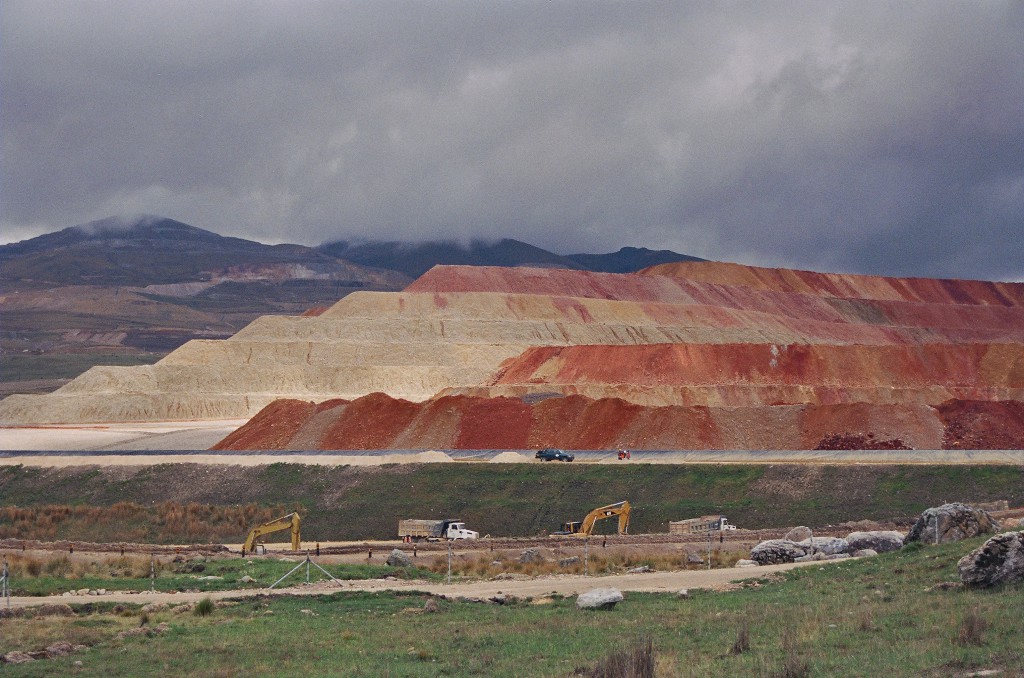Peru’s new president: A chance to break the cycle of mining-related conflict
Rather than seeing a more progressive Peruvian government as a threat, mining companies should embrace the opportunity that it presents to try to find solutions to the country’s mining-related conflicts.
Peru’s election on Sunday of left-leaning Ollanta Humala is generally viewed as bad news for the country’s mining industry. Indeed, Lima’s stock market–which primarily trades mining and minerals companies–-promptly crashed on Monday following the election. The concern is that Humala–seen by some, erroneously, as the second-coming of Venezuela’s Hugo Chavez–will nationalize mining operations and/or impose major new mining taxes, thus scaring off investment in Peru’s most important economic sector. These fears seem unfounded. While few people appear to know exactly how Humala will govern, it is highly unlikely that he will do anything that would significantly curtail investment in the sector that has driven Peru’s strong economic growth over the past ten years. He has indeed proposed a “windfall” tax on mining operations that would bring the country’s generous tax rate more in line with other countries in the region; including mining and development poster-child Chile. This seems only fair given the incredible bonanza mining companies in the country have enjoyed since the sector was opened up to foreign investment in the early 1990s. But Humala has also gone out of his way to ease investors concerns about his long-term intentions. An advisor told the Los Angeles times on Monday that the new government “won’t expropriate even a dog.”
Rather than seeing a more progressive Peruvian government as a threat, mining companies should embrace the opportunity that it presents to try to find solutions to the country’s mining-related conflicts. For the last five years or so, the country has been in a crisis of mining-related conflict with one major project after another hit by protests and violence. In April this year, three people were killed by police in protests against Southern Peru Copper in Arequipa. In May, 3,000 people protested mining operations in the southern province of Puno. The Defensoria del Pueblo, a government human rights institution, lists more than 100 active resource-related conflicts. This level of conflict and violence has become untenable and it—more than Humala’s proposed tax hike–-poses the greatest threat to the continued viability of the country’s mining sector.
The problem at the root of these conflicts is that Peru’s mining wealth has not trickled down to the poor communities that live in the mining areas. They have felt excluded from the wealth being generated from the land on which they’ve lived for forever. That, combined with Peru’s poor environmental management, most notably in the industrial nightmare of La Oroya, have contributed to an environment in which communities simply do not trust mining companies to not contaminate their land and water and don’t trust the Peruvian government to defend their rights and protect their livelihoods.

Raising taxes alone won’t solve these problems. In some sense, money is not really the issue (although, clearly, the existence of more funds to address social problems would be beneficial). Record gold, copper and other commodity prices have meant that mining money has been flowing into the Peruvian government’s coffers. The problem is that these funds are often not distributed equitably to areas that most need them, and when they are, there is very little government capacity to spend them wisely or invest them in productive activities that can provide jobs, raise incomes and reduce poverty. (See our analysis of this issue with regard to Peru’s natural gas revenues here.)
Whether Humala has a plan for addressing these distribution and capacity issues–and the environmental management issues–-isn’t clear at this stage. These are deeply rooted problems that will take longer to fix than Humala’s 5-year term-limited mandate will allow. And Humala doesn’t appear inclined to help Peru imagine a “post-extractivist” future, as our Peruvian partner organization Cooperaccion and others have called for. Still, he as at least acknowledged the need to try to address these problems, including through the adoption of an indigenous peoples consultation law. And having been in Lima this week, I can say that there is palpable sense of hope among civil society organizations that have been trying for years to get the government to address these issues. At the very least, the new government should have a more enlightened approach to dealing with resource-related conflicts; it could hardly be worse than the previous one, which relied on threats, oppression, and force. The resource extraction companies operating in Peru should embrace a chance for a new beginning that could lead to less conflict and more cooperation. This would be to everyone’s benefit, including the companies’–even if they do have to pay higher taxes to get it.